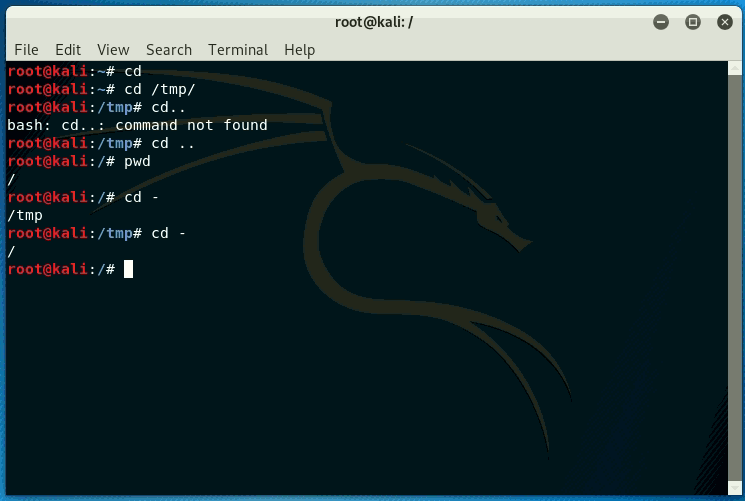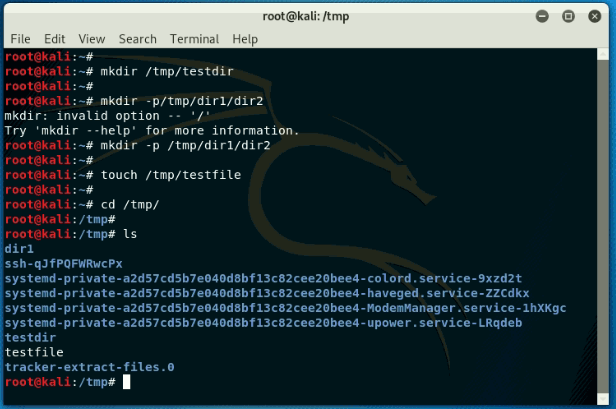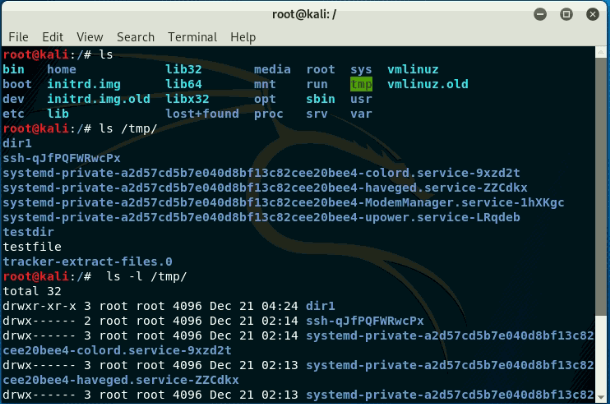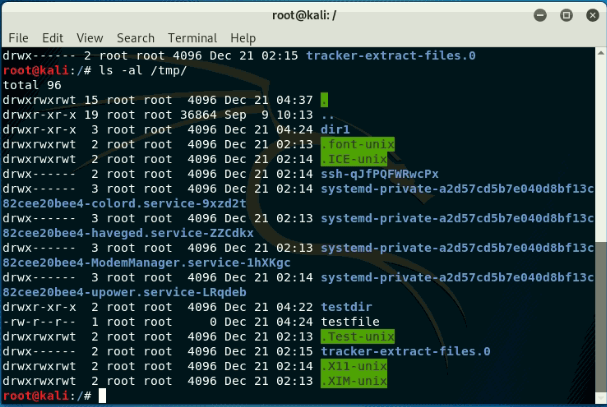| Commands |
Description |
| # history |
This command is used to print the bash history of the current user. |
| # free |
It gives the information about the available RAM and the total used and available spaces of physical memory and swap memory with buffer used by Kernal. |
| # vi |
It is a screen editor used to edit the file. |
| # sort |
It sorts the content of a text file line by line. |
| # more |
It is used to display output in the terminal, one page at a time. |
| # less |
It is used to view the file instead of opening the file. |
| # date |
This command is used to display the system date and time. |
| # cal |
It will display a formatted calendar of the current month. |
| # whoami |
It will print the active user ID. |
| # pwd |
It stands for "Print Working Directory" which prints the name of the working directory. |
| # ls |
It is used to list out all the hidden files of a directory with -an attribute. |
| # users |
It will display login names of the user currently logged in to the system. |
| # uptime |
It will return you the time for which the system has been up. |
| # uname |
It prints information about the current system. |
| # rm |
It is used to delete files and directories. |
| # mv |
This command moves, or renames, files, and directories on your file system. |
| # cp |
It is used to copy files. |
| # cat |
It is used to create single or multiple files, view contained file, concatenate files, and redirect output in terminal or files. |
| # mkdir |
It is used to create directories. |
| # cd |
It is used to change or switch the current working directory. |
It is an extra piece of information to tell the command what to act on. If we are using an option, argument comes after it. For example - ls -l /Desktop




 For Videos Join Our Youtube Channel: Join Now
For Videos Join Our Youtube Channel: Join Now










